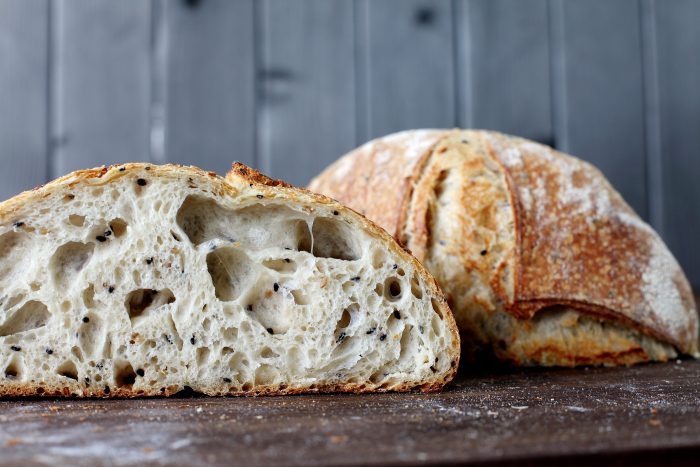Understand the Implementation of Sourdough
The preparation of a primary levain depends upon the spontaneous fermentation at work in a mixture of flour and water that is regularly refreshed to maintain the bacteria and yeast metabolism. This semi-continuous contribution of new nutrients (water, sugars, etc.) helps to gradually establish the sourdough’s microbial ecosystem, closely linked, therefore, to the sourdough’s implementation. The primary or chef levain is used to make an all-round sourdough, which is used to culture bread dough.
The “all-round” sourdough will then be used as a fermenting agent in bread dough.
Ecosystems linked to sourdough implementation
The frequency of refreshes, as well as the fermentation time and temperature between each refresh, or even the amount of sourdough incorporated into the successive refreshes, will prompt very different sourdough implementation methods depending on the environment. Sourdough implementation creates a selective pressure on the micro-organisms present.
The particularities of mixed sourdoughs
As is not the case when implementing acidifying sourdoughs, which promote the acidification of the medium, the implementation of mixed sourdoughs consists in creating the conditions conducive to maintaining rapid growth-type populations, such as yeast, on which the dough-raising process depends. This encompass two important criteria:
- Relatively short fermentation time, in other word, closely spaces refreshes (semi-continous process)
- Significant additions of flour and water during refreshes.
Find out more on our range of sourdough solutions or contact us for more information.


